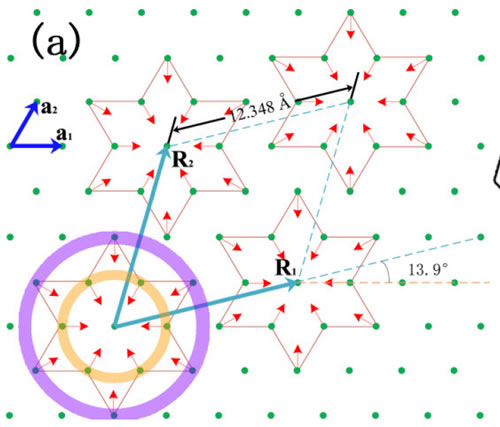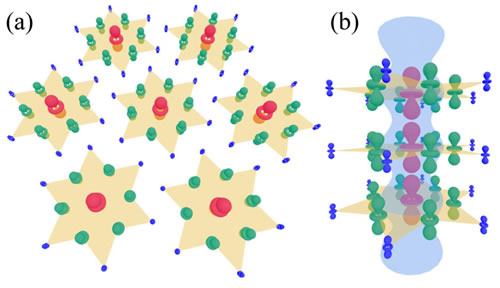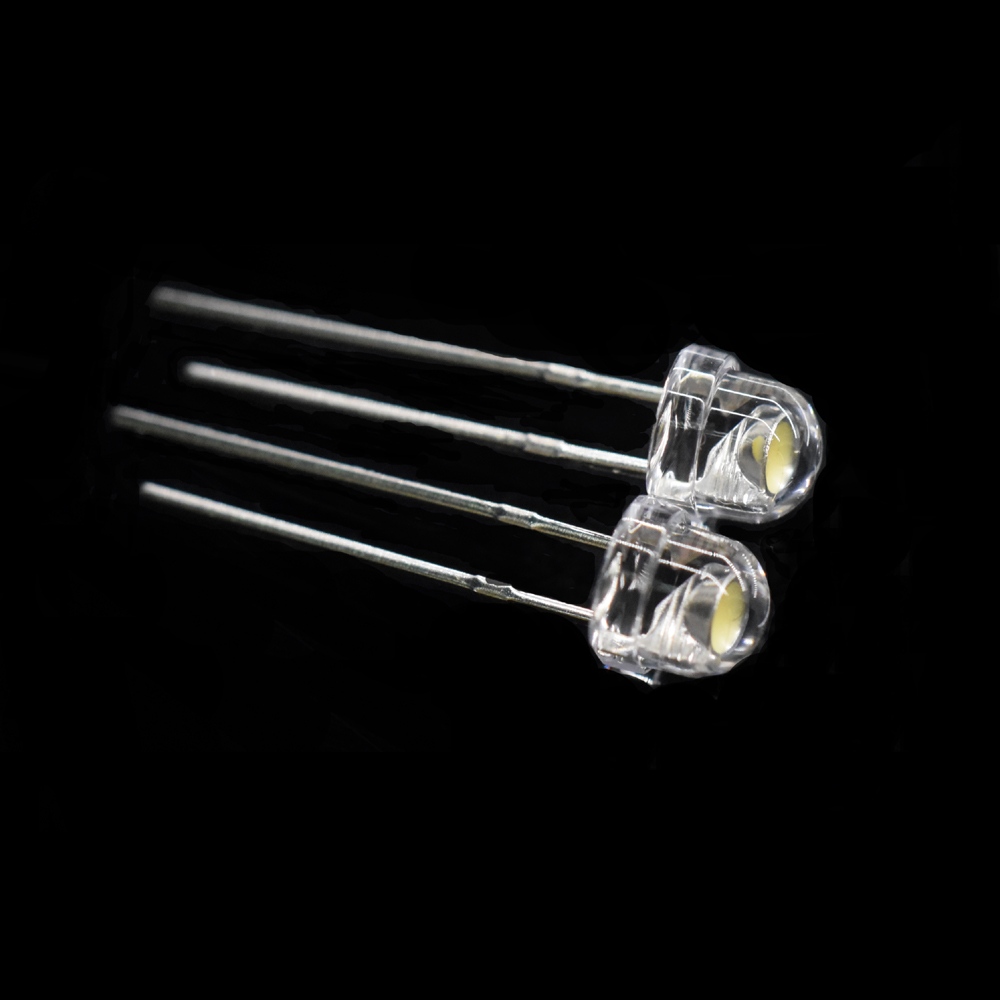
Figure 1. In the low temperature phase, every 13 Ta atoms (green origin) shrink to form a "David" cluster. The red arrow marks the contraction direction.

Figure 2. (a) In-plane and (b) inter-layer track density plots. Each yellow hexagon represents a “David†star cluster, and the red, green, and blue colors all correspond to the Ta-5d3z2-r2 orbital.
Recently, researcher Zou Liangjian of the Institute of Solid State Physics of the Chinese Academy of Sciences at the Hefei Institute of Physical Sciences, collaborated with Lin Haiqing and Chang Kai of the Beijing Computational Center to pass the block material and single layer of the 2D charge density wave material 1T-TaS2 system. Systems, high-temperature normal phases, and low-temperature charge-density wave phases were systematically studied and it was found that electron correlation and orbital density waves play an important role in the formation of low-temperature phases. The relevant research results were published in "Physical Review B".
Experimental studies have shown that 1T-TaS2 has a rich phase transition process. As the temperature decreases, it undergoes three phase transitions of inharmonic charge density, quasi-normal charge density and common charge density waves, and the last phase. After the change, the system will change from metal to insulator. This material has been studied for many years, but its mechanism of low-temperature phase transition has not yet been determined.
In order to explore the mechanism of low temperature phase transition of 1T-TaS2, the researchers studied the two-dimensional charge density wave material 1T-TaS2 systematically using density functional theory and dynamic mean field theory. First-principle structural relaxation results show that every 13 Ta atoms shrink at low temperatures to form a "David" cluster (Figure 1). By analyzing the orbital characteristics near the Fermi level, it is found that the system has an orbital density wave sequence, which is mainly due to the Ta-5d3z2-r2 contribution from the center of the cluster (Figure 2). Combined with the results of the kinetic mean-field theory, the researchers further determined that the low-temperature charge-density wave-insulated phase is stable under the combined effects of structural distortion and Coulomb correlation, and is then observed experimentally; at the same time, orbital density waves play an important role. In addition, the researchers found that the ground state of the block system is an anti-ferromagnetic state between layers, and the ground state of the single-layer system is a ferromagnetic state. This provides an important reference for follow-up studies of the system, including orbital mechanisms, exciton physics, flatband characteristics, and potential application value.
The above research has been funded by the National Natural Science Foundation of China.
With the development of LED, the requirement of brightness of white LED is also getting higher and higher.
In the brightness of the 0.06W LED lamp can reach the highest 8-9LM and 0.2W LED lamp can reach about 24LM. White SMD LED is brighter than the white LED lamp. The power can reach 0.5W 1W 3W. Excellent consistency of the white LED is our advantage.

Super Bright White LED Lamps, white through-hole LED, white led, 5mm white LED, warm white LED
Shenzhen Best LED Opto-electronic Co.,Ltd / BESTSMD CO LIMITED(HK) , https://www.bestsmd.com